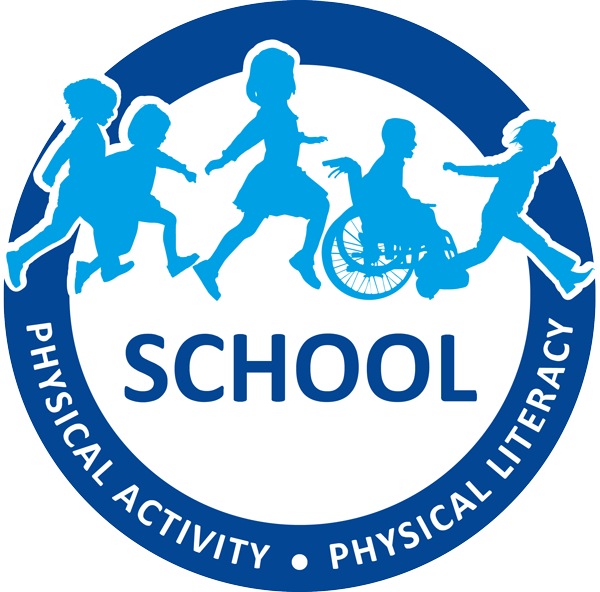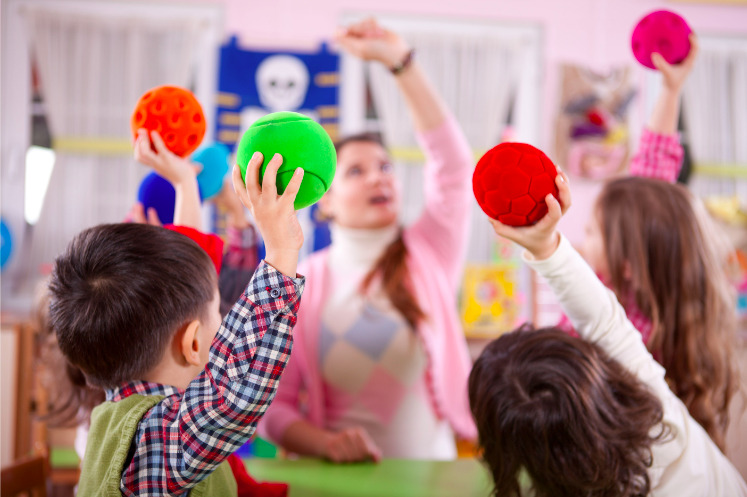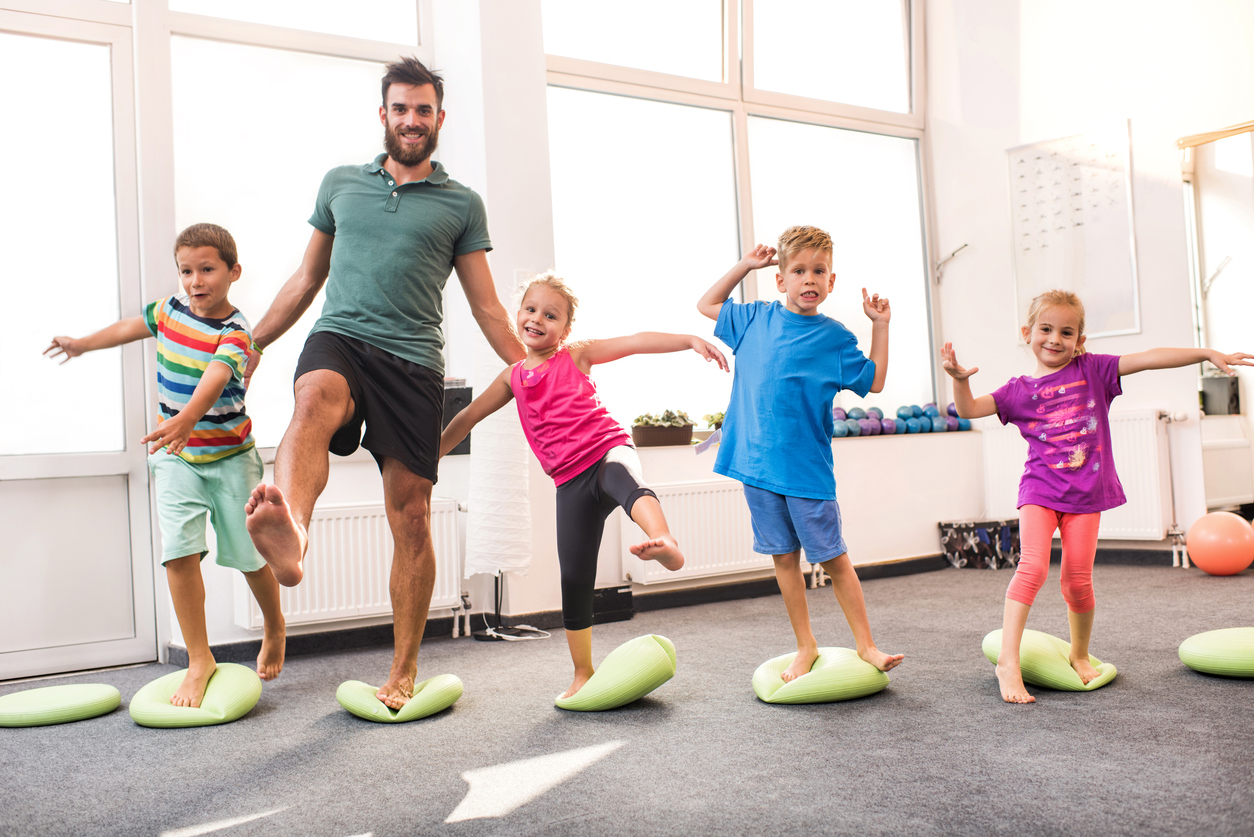Social-emotional learning (SEL) is a holistic approach to education that recognizes the importance of nurturing students’ emotional and social well-being alongside their academic development. Integrating SEL into the school day can create a more supportive and inclusive learning environment where students feel valued, respected, and safe.
Did you know SEL can be incorporated into physical activity and physical literacy development?! This blog provides practical tips from PLAYBuilder (a digital platform with 1,000+ activities, free to BC educators!) on incorporating SEL into your students’ physical literacy and physical activity development.
Cultivate Cooperation in Physical Play
Cooperation is an essential aspect of personal and social responsibility. By encouraging cooperation during physical play, teachers can foster teamwork, effective communication, and problem-solving skills in their students.
Encourage Students to Be Helpers
Promoting a culture of helping others during physical activities nurtures empathy, compassion, and a sense of community among students. By seeing the positive impact of their actions on others, students will develop a deeper understanding of the value of social-emotional skills.
Foster Empathy Through Group Activities
Incorporating group activities that encourage students to focus on others can enhance their emotional intelligence and strengthen their relationships with peers.
Cooperation, helping others, and focusing on the well-being of peers not only enhance physical literacy but also contribute to the growth of socially responsible and empathetic individuals.
Tips like those mentioned above are available through the Grade 1-7 lesson plans on PLAYBuilder — a free digital platform for BC educators with over 1,000+ activities.
Even better? Some activities from PHE Canada specifically encourage social-emotional learning on PLAYBuilder, like this one!:
SEL Activity – Mindful Breathing
Grade Levels: K – 6
Curriculum Outcome: Describe and assess strategies for promoting mental well-being (Mental Well-being)
Equipment: Beanbags
Setup: None
Starter Activity: Balancing Beanbags
Get the students moving around the playing space while balancing beanbags on various body parts, such as their head, shoulder, foot, etc. To challenge them, ask them to move at different levels, directions, and speeds – high, low, zig-zag, backward, slow motion, etc.
Main Activity: Mindful Breathing with Beanbags
- Have the students find a comfortable spot to stand or sit.
- Each student places a beanbag in front of them on the floor or holds it in their hand if they are standing.
- Instruct the students to trace their fingers around the beanbag, starting at the top and following a speed set by your demonstration.
- While moving their fingers along the sides, students should breathe in, and when moving their fingers across the top and bottom, students should breathe out.
- Encourage the students to focus on their breath and pay attention to their belly, shoulder, and neck movements during inhalation and exhalation.
- Alter the speed of tracing the beanbag, switching between long and fast breaths. Ask the students how they felt when taking short, sharp breaths compared to longer, more focused breaths.
- Slow down the breathing exercise, and encourage the students to stop tracing their beanbags. Ask them to close their eyes and imagine something they are grateful for or their favourite place while practicing mindful breathing.
Modifications: Soft Ball Breathing
Instead of beanbags, students can use soft balls and slowly squeeze them as they inhale, releasing them as they exhale.
Wrap-up Activity: Sharing Emotions and Thoughts
- Allow the students time to resume movement. They should start by wiggling their fingers and toes, move to their wrists and ankles, and gradually involve their entire body.
- Form a circle and invite the students to share their emotions, feelings, or thoughts after the mindful breathing session.
- Discuss the positive impacts of incorporating mindfulness into their daily lives, such as stress management, positive self-talk, relaxation, and gratitude.
- Encourage discussions on the following questions:
-
- How can mindfulness help your physical and mental health?
- Did breathing with the beanbag change your mood?
- How did choosing something you are grateful for or a favourite place help with your mindful breathing?
- In what ways can mindfulness improve your relationships?
- What else can you do to practice mindfulness (e.g., journaling, speaking with a trusted friend or adult, spending time in nature)?
For more activities focusing on social-emotional learning, sign up for PLAYBuilder today or watch this TED Talk from Caige Jambor.


